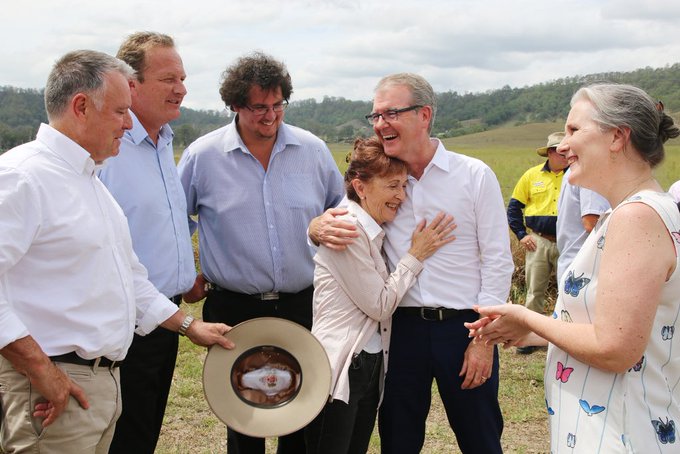A Daley Labor Government will provide $80.4 million to re-develop the Ballina District Hospital, as part of Labor’s Schools and Hospitals before Stadium plan.
NSW Labor leader Michael Daley made the announcement with Labor Candidate for Ballina Asren Pugh today.
This follows Labor’s earlier announcements to provide 5,500 more nurses; 1,500 more paramedics; 2,240 more cleaning, support personnel and allied health workers; and 250 more security staff to protect patients and health workers.
“Regional hospitals and health services around the State – particularly on the North Coast – have been neglected for too long under the Liberals and Nationals,” Mr Daley said.
Mr Pugh said the local area had been demanding better health services, but that the Liberals and Nationals were simply refusing to listen to the community.
Ballina District Hospital’s catchment area has experienced significant population growth over the last eight months.
Labor’s Ballina District Hospital Redevelopment project will deliver:
- A fully operational Integrated Perioperative Unit including:
- an additional three-bed Recovery and two new Operating Theatres and a six-bed Recovery area;
- Expansion and relocation of the remainder of the Medical Imaging Department;
- Construction of a new Emergency Department, Ambulance Bay, Allied Health and Outpatient areas; and
- Expanded medical and rehabilitation inpatient services, support services including pathology and pharmacy and the construction of a new integrated Ambulatory Care Precinct.
Recent independent data from the Bureau of Health Information (BHI), reveals that Ballina District Hospital is under pressure.
Its emergency department attends to more than 17,000 patients a year – with 17 per cent waiting longer than four hours. However, 10 per cent of patients waited longer than five hours and 21 minutes.
In addition, the average waiting time for “non-urgent” surgery was 242 days; this was an increase of 39 days over the previous year.
As of December 31, there were 238 patients waiting for non-urgent elective surgery.
“No one can forget the images of a patient several years ago lying on the concrete outside Ballina Hospital’s emergency department; it is time to fix this hospital,” Mr Pugh said.
Mr Pugh said the coming NSW election would be a referendum on health services on the North Coast.
“This is one of the most over-stretched hospitals in the state and the hospital upgrade and additional staff are desperately needed,” Mr Pugh said.


